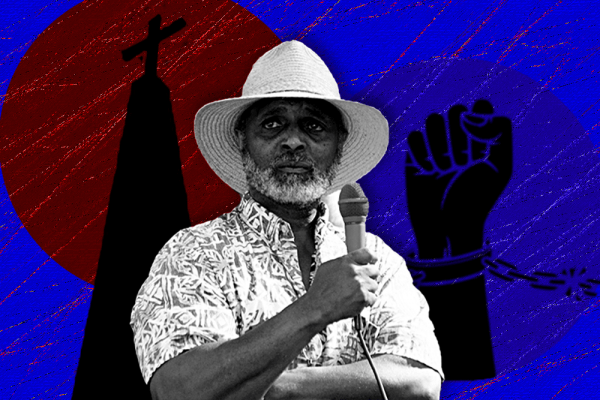Feb 17, 2022
The term, “Black radical tradition” was coined in 1983 by Cedric J. Robinson, a professor at the University of California, Santa Barbara. Robinson saw the tradition as encompassing a host of movements — from antebellum rebellions against slave owners, to pan-Africanism, and Black Power. He defined the tradition as, “the continuing development of a collective consciousness informed by the historical struggles for liberation” in his book Black Marxism: The Making of the Black Radical Tradition.
Read the Full Article

Already a subscriber? Login
